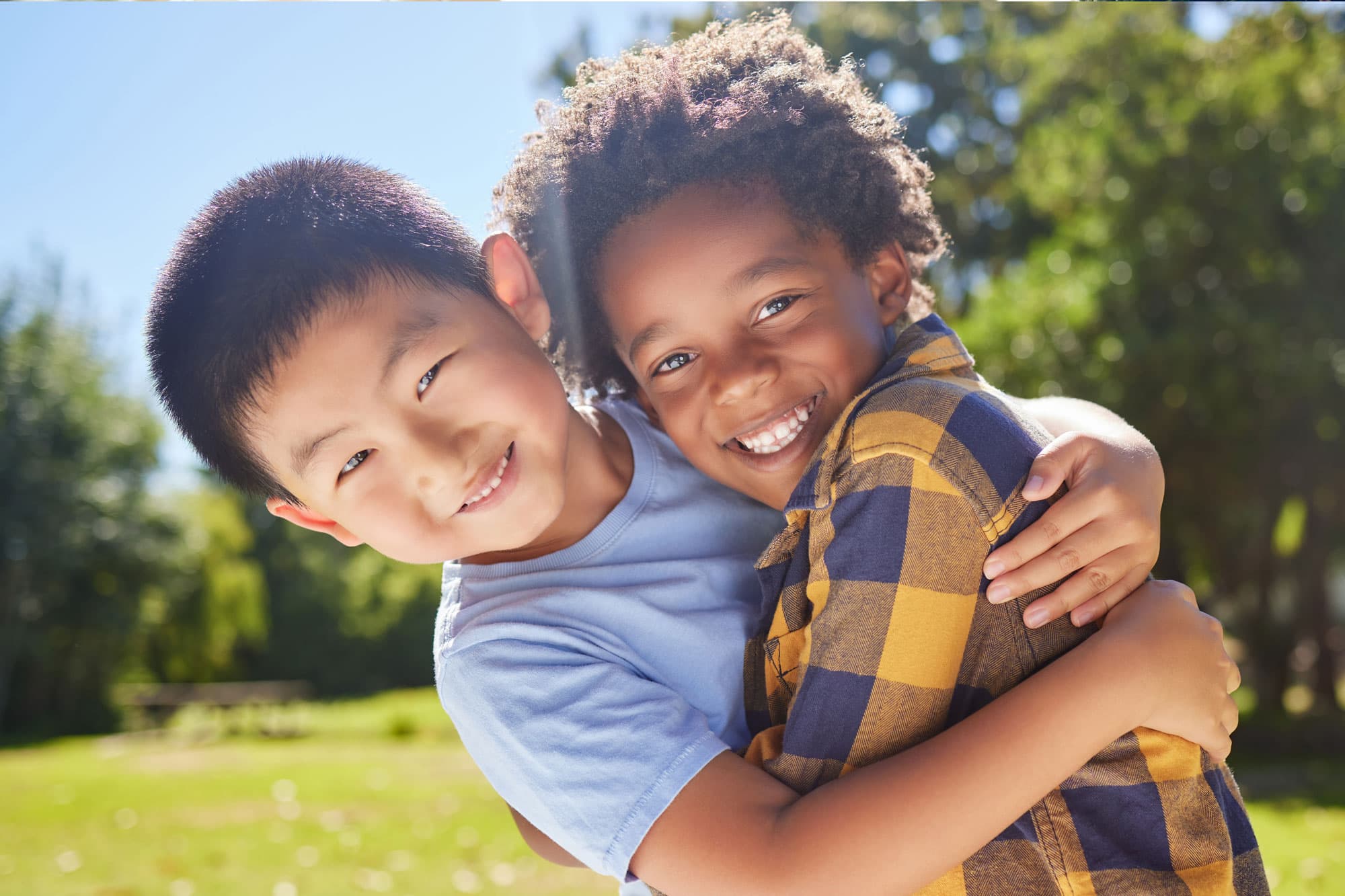
Children can’t develop resilience without emotional safety. When they fear judgment, they shut down. We need to listen without interrupting. They must feel heard, not corrected. A child who feels judged will stop talking altogether. Silence becomes their defense. Validation doesn’t mean agreeing. It means showing we understand their inner world. They might cry over a broken toy or scream at a sibling. In those moments, how we respond shapes their future reactions to stress. Calmly naming their feelings helps them develop emotional vocabulary and insight. When they feel safe to express difficult emotions, they learn emotions are manageable.
Children need small problems to learn how to handle big ones
We often try to shield children from struggle. This backfires in the long run. Resilience isn’t built in comfort. It grows through friction and challenge. Letting a child solve peer conflicts alone teaches more than any lecture. Small problems now prepare them for bigger life stressors later. If we fix everything for them, they won’t trust themselves under pressure. Children who fail, learn. Children who always win, don’t. Frustration, disappointment, and boredom are part of growing emotional strength. Children need small problems to learn how to handle big ones.
A steady routine gives them something to hold onto
Chaos undermines a child’s inner stability. They don’t just crave routine—they need it. Predictable daily rhythms reduce anxiety. They create a sense of security without needing explanation. When children know what to expect, they focus less on fear and more on growth. Uncertainty in one area becomes tolerable when other areas stay stable. Sleep, meals, schoolwork, playtime—consistency in these anchors emotional regulation. Even weekends need gentle structure to avoid emotional overload. A child’s nervous system calibrates to predictability. This affects their emotional range and flexibility. A steady routine gives them something to hold onto.
When adults model calm, children learn that calm is possible
Yelling at a yelling child is like throwing gasoline on a fire. Children don’t learn from what we say during chaos—they absorb what we model. If we remain grounded, we show that problems aren’t monsters. They’re just puzzles. Self-regulation is contagious. Calm begets calm. Children borrow emotional cues from us, especially under stress. If we panic, they believe panic is the answer. A centered adult becomes their lighthouse when the storm hits. When adults model calm, children learn that calm is possible.
Letting them make decisions teaches them they have control
Helplessness is the enemy of resilience. Choice creates empowerment. We don’t need to give children full control, just meaningful choices. Which shirt to wear. Which snack to eat. When to do homework. These small decisions plant seeds of agency and independence. A child who feels in control is less likely to collapse under pressure. They won’t crumble when life gets messy—they’ll problem-solve. Letting them make decisions teaches them they have control.
Their struggles shouldn’t be compared to ours
Minimizing a child’s feelings makes them question their emotional compass. Saying, “You’ll be fine” teaches them not to trust their own reactions. Children don’t need us to evaluate their pain. They need us to witness it. A scraped knee might feel like the end of the world. That’s real to them. We don’t grow resilience by making them feel silly for struggling. We grow it by honoring what they feel, then helping them cope. Their struggles shouldn’t be compared to ours.
Curiosity about their world is more useful than lectures
Children process emotions through stories, questions, and metaphor—not instruction. Instead of telling them what to think, ask what they feel. “What was the hardest part of your day?” reveals more than any advice. Curiosity leads to connection. Connection invites emotional growth. A child who feels seen will open up. One who feels analyzed will hide. When we lead with curiosity, we open doors into their emotional world. This matters more than any life lesson we try to teach. Curiosity about their world is more useful than lectures.
Learning to name emotions helps them stop being controlled by them
Children experience complex feelings before they have language to describe them. That mismatch creates emotional overload. Words unlock understanding. When we teach emotion words, we give them emotional tools. Saying “You look frustrated” turns an outburst into a learning moment. They begin to understand that feelings pass and don’t define them. Naming feelings helps regulate them. It doesn’t magnify them. A child who can say “I’m sad” won’t need to hit or scream. Learning to name emotions helps them stop being controlled by them.
Encouragement matters more than praise
Praise can make children chase approval instead of process. “Good job” is vague. “You worked hard on that” builds reflection. Encouragement sees the effort, not the outcome. It helps children internalize resilience rather than depend on external validation. They learn to try again because they believe they can, not because we’re watching. Encouragement builds inner strength. Praise builds performance habits. Resilient kids aren’t trying to impress—they’re trying to grow. Encouragement matters more than praise.
Their friendships are their emotional laboratories
Resilience isn’t just about self. It’s about community. Friendships are where children test empathy, conflict, trust, and repair. A lonely child often struggles with self-regulation. Social connection is emotional oxygen. Children learn boundaries by overstepping them. That’s how growth happens. It’s tempting to intervene in every playground conflict. But they need space to learn. Let them experience betrayal and resolution. Both are essential for resilience. Their friendships are their emotional laboratories.
Growth happens in the mess, not in perfection
We often expect children to behave better than we do under pressure. That’s unfair and unrealistic. Adults melt down too. Mistakes are not signs of failure—they’re signs of growth. When a child cries, lies, or breaks something, that’s a lesson trying to unfold. We need to respond with guidance, not shame. Perfection blocks resilience. Mess creates the path forward. Growth happens in the mess, not in perfection.
Teaching them to wait is teaching them to endure
Delayed gratification is one of the strongest predictors of lifelong emotional health. But modern life offers instant everything. That makes waiting a skill worth teaching. We can start small. Waiting for dessert. Waiting to talk. Waiting to open a gift. Every pause builds a layer of patience. Children who wait learn to sit with discomfort. That’s the core of resilience. They stop needing the world to bend to them. Teaching them to wait is teaching them to endure.
They need our presence more than our perfection
We worry about saying the right thing. But children remember how we made them feel. They don’t need flawless parenting. They need consistent presence. Sitting beside them during their storm matters more than solving the storm. Our availability is a quiet signal of security. Even five undistracted minutes can reshape their emotional day. Perfection is fragile. Presence is resilient. They need our presence more than our perfection.
Source: Family Medicine in Dubai / Family Medicine in Abu Dhabi
